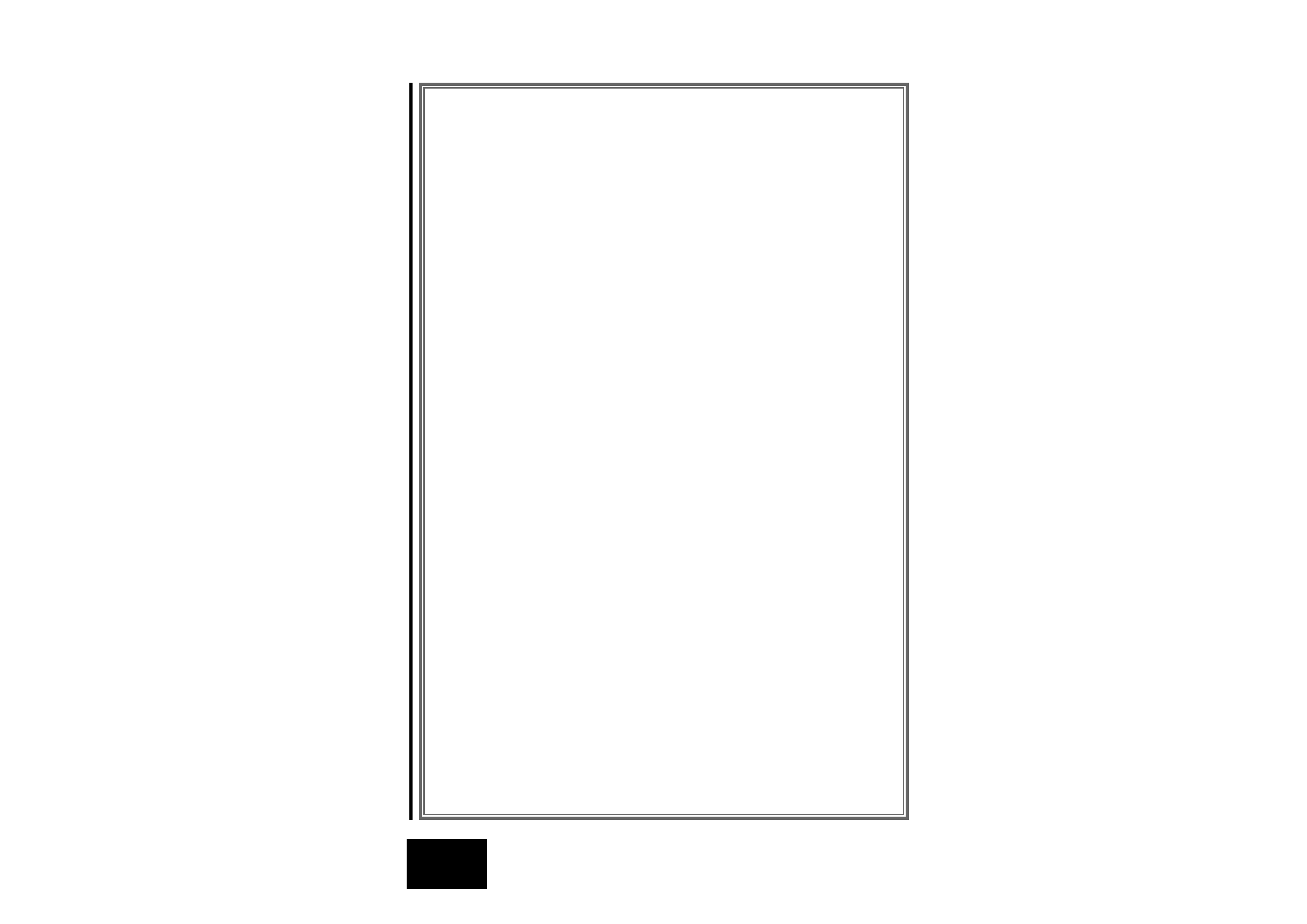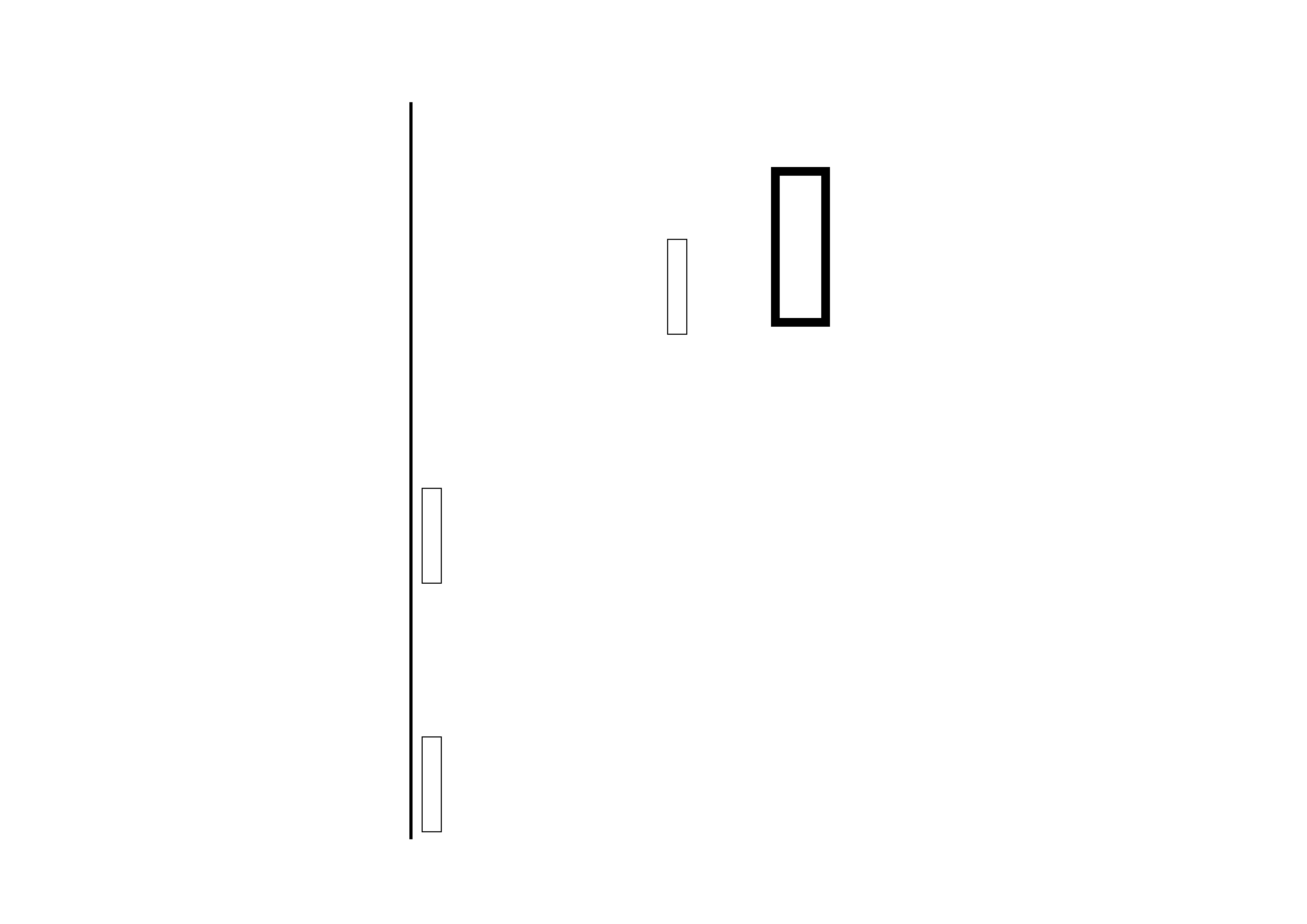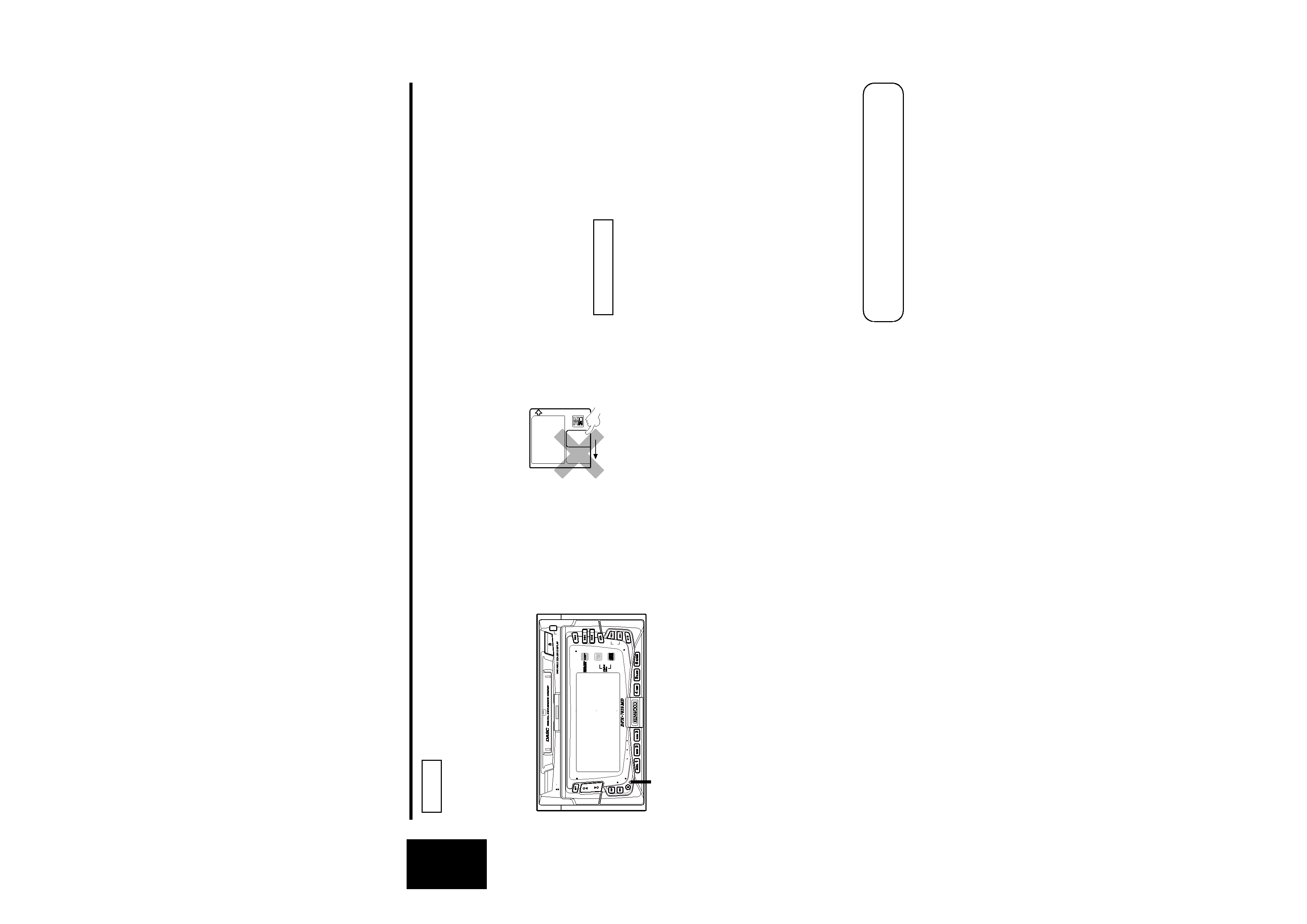
DPX-7010MD
DOUBLE DIN SIZE CD/MD-RECEIVER
INSTRUCTION MANUAL
© PRINTED IN JAPAN B64-1720-00 (M) (+)
01/12 11 10 9 8 7 6 5 4 3 2 1 00/12 11 10 9 8 7 6 5

-- 2 --
English
Contents
Before use
Safety precautions ........................................................................3
Handling Compact discs ...............................................................5
General features
Power............................................................................................6
Switching Modes ..........................................................................6
Volume ..........................................................................................7
Attenuator .....................................................................................7
Audio Control Setting....................................................................7
Adjusting Time ..............................................................................8
Switching Display..........................................................................8
Spectrum Analyzer Display Selection ...........................................8
Illumination Color Selection ..........................................................9
Panel Angle Adjustment .............................................................10
Automatic Dimmer Function.......................................................10
Tuner features
Tuning .........................................................................................11
Station Preset Memory...............................................................11
Frequency Step Setting ..............................................................11
Station Name Preset (SNPS) ......................................................12
Switching Display for Tuner........................................................12
Clean Reception System Circuit (CRSC).....................................13
CD/MD/External disc control features
Playing CDs.................................................................................14
Playing MDs................................................................................14
Playing Other Disc mode ............................................................15
Switching Display for Discs ........................................................15
Fast Forwarding and Reversing Disc Play ..................................16
Track Search ...............................................................................16
Disc Search .................................................................................16
Track / Disc Repeat.....................................................................16
Track Scan...................................................................................17
Disc Scan ....................................................................................17
Random Play ...............................................................................17
Magazine Random Play...............................................................18
Text / Title Scroll .........................................................................18
Presetting Disc Names (DNPS) ..................................................19
DSP/Graphic Equalizer features
DSP (Digital Signal Processor) ....................................................20
Sound Field Control.....................................................................20
Graphic Equalizer ........................................................................20
Preset Equalizer(KBS - Kenwood Built-in Sound) Selection........21
Graphic Equalizer Adjustment.....................................................21
Graphic Equalizer Preset Memory ..............................................21
Function settings
Function Set System...................................................................22
Variable Illumination Color...........................................................23
Contrast Adjustment...................................................................23
Touch Sensor Tone .....................................................................23
Switching Preout.........................................................................23
Opening Display..........................................................................23
Security Code..............................................................................24
Selecting Tuning Mode ...............................................................25
Auto Memory Entry ....................................................................25
Text / Title Scroll .........................................................................25
Basic operations of remote ................................26
Installation
Accessories.................................................................................28
Installation Procedure .................................................................28
Connecting Wires to Terminals ..................................................29
Installation ..................................................................................30
Troubleshooting Guide .......................................32
Specifications .....................................................35

-- 3 --
To prevent injury or fire, take the
following precautions:
· Insert the unit all the way in until it is fully
locked in place. Otherwise it may fall out of
place when jolted.
· When extending the ignition, battery, or
ground wires, make sure to use automotive-
grade wires or other wires with a 0.75mm2
(AWG18) or more to prevent wire
deterioration and damage to the wire
coating.
· To prevent a short circuit, never put or leave
any metallic objects (such as coins or metal
tools) inside the unit.
· If the unit starts to emit smoke or strange
smells, turn off the power immediately and
consult your Kenwood dealer.
· Make sure not to get your fingers caught
between the faceplate and the unit.
· Be careful not to drop the unit or subject it to
strong shock.
The unit may break or crack because it
contains glass parts.
· Do not touch the liquid crystal fluid if the
LCD is damaged or broken due to shock. The
liquid crystal fluid may be dangerous to your
health or even fatal.
If the liquid crystal fluid from the LCD
contacts your body or clothing, wash it off
with soap immediately.
2WARNING
To prevent damage to the machine,
take the following precautions:
· Make sure to ground the unit to a negative
12V DC power supply.
· Do not open the top or bottom covers of the
unit.
· Do not install the unit in a spot exposed to
direct sunlight or excessive heat or humidity.
Also avoid places with too much dust or the
possibility of water splashing.
· Do not set the removed faceplate or the
faceplate case in areas exposed to direct
sunlight, excessive heat, or humidity. Also
avoid places with too much dust or the
possibility of water splashing.
· To prevent deterioration, do not touch the
terminals of the unit or faceplate with your
fingers.
· Do not subject the faceplate to excessive
shock, as it is a piece of precision
equipment.
· When replacing a fuse, only use a new one
with the prescribed rating. Using a fuse with
the wrong rating may cause your unit to
malfunction.
· To prevent a short circuit when replacing a
fuse, first disconnect the wiring harness.
· Do not place any object between the
faceplate and the unit.
· Do not use your own screws. Use only the
screws provided. If you use the wrong
screws, you could damage the unit.
2CAUTION
IMPORTANT INFORMATION
You cannot connect the unit directly to the
following CD automatic changers. If you
want to use older changers with the unit,
follow the directions below according to the
type of changer you own:
· KDC-C200 / KDC-C300 / KDC-C400
Use the extension cable and the control box
attached to the CD changer, and the optional
CA-DS100 converter cord.
· KDC-C301 / KDC-C600 / KDC-C800 / KDC-
C601 / KDC-C401
Use the extension cable attached to the CD
changer, and the optional CA-DS100
converter cord.
· KDC-C100 / KDC-C302 / C205 / C705 /
non-Kenwood CD changers
Cannot be used with this model.
You can damage both your unit and
the CD changer if you connect them
incorrectly.
The marking of products using lasers
(Except for some areas)
The label is attached to the chassis/case and
says that the component uses laser beams
that have been classified as Class 1. It means
that the unit is utilizing laser beams that are
of a weaker class. There is no danger of
hazardous radiation outside the unit.
CLASS 1
LASER PRODUCT
2CAUTION
Safety precautions

-- 4 --
English
Lens Fogging
In cold climates, there may be a period after
you turn on your vehicle's heater when the
lens that guides the laser beam used in your
CD/MD player fogs up. If this happens, you
cannot play mini discs. Take out discs and
the fogging will disappear. If it does not
return to normal after several hours, contact
your Kenwood dealer.
Cleaning the Unit
If the front panel gets dirty, turn off the
power and wipe the panel with a dry silicon
cloth or soft cloth.
Do not wipe the panel with a hard cloth or a
cloth dampened by volatile solvents such as
paint thinner and alcohol. They can scratch
the surface of the panel and/or cause the
indicator letters to peel off.
2CAUTION
· If you experience problems during
installation, consult your Kenwood dealer.
· If the unit does not seem to be working
right, try pressing the reset button first. If
that does not solve the problem, consult
your Kenwood dealer.
· Characters in the LCD may become difficult
to read in temperatures below 41 °F (5 °C).
· The illustrations of the display and the panel
appearing in this manual are examples used
to explain more clearly how the controls are
used. Therefore, what appears on the display
in the illustrations may differ from what
appears on the display on the actual
equipment, and some of the illustrations on
the display may represent something
impossible in actual operation.
· The functions that can be used and the
information that can be displayed will differ
depending on the external disc players being
connected.
NOTE
OPEN
7 BAND EQUALIZER
OFF
PWR
CRSC
AUD
NAME.S
DISP
USER
FNC
DISC
MD CD RECEIVER
Reset button
Handling Mini discs
· The MD shutter is designed so that it cannot
be opened. If forced open, the cartridge will
be damaged and use of the MD will no
longer be possible. If the shutter has been
opened due to some cause, be careful not to
touch the recording portion with a finger.
Doing so will cause the sound to skip.
· Do not use an MD that has a peeling label.
Use of an MD that has a loose or peeling
label may cause problems, such as the label
coming off inside the player and the resultant
inability to eject the MD.
· Wipe away dirt or dust from the cartridge
surface with a dry cloth before use. Using an
oil-soiled cartridge in particular may result in
the disc not loading or being unable to eject
it. (At time of cleaning, be careful not to
open the shutter.)
· Do not leave the MD in the unit for a
prolonged period. The ejected MD should be
placed in an MD case for storage.
· Do not leave the MD in a place exposed to
direct sunlight (such as on a dashboard) or in
other places that attain high temperatures.
The MD cartridge will become misshapen
and will no longer be usable.
· MDs designed for use with data cannot be
used. Please use MDs designed for music.
· Do not use lens cleaners. Doing so will lead
to breakdown.
Safety precautions
US and foreign patents Iicensed from Dolby
Laboratories .

-- 5 --
Handling Compact discs
Playing a CD that is dirty, scratched or
warped can cause the sound to skip and
the unit to operate incorrectly, resulting in
worsened sound quality. Take the
following precautions to prevent your CDs
from getting scratched or damaged.
Handling CDs
· Do not touch the recorded side of the CD
(the side opposite the label) when holding it.
· Do not stick tape on either side of the CD.
· The reflective film on a CD-R or a CD-RW is
more fragile than that on an ordinary music
CD, and may peel off if scratched.
Fingerprints on a CD-R or CD-RW are also
more likely to cause skipping when the disc
is played. For these reasons, handle the disc
very carefully.
Detailed handling instructions will appear on
the CD-R or CD-RW package: read this
information carefully before using the disc.
Storing CDs
· Do not store CDs in areas exposed to direct
sunlight (such as a car seat or the
dashboard) or other hot places.
A CD-R or CD-RW is more susceptible than
a music CD to damage from high
temperatures and humidity, and in some
cases, may become unusable if left in the
car for long periods of time.
· Remove CDs from the unit when not
listening to them for a while, and put them
back in their cases. Do not pile up CDs that
are removed from their cases or prop them
against something.
Cleaning CDs
If a CD has gotten dirty, wipe it off gently
using a commercially available cleaning cloth
or a soft cotton cloth, starting from the
center of the disc and moving outward. Do
not clean CDs with conventional record
cleaners, anti-static formulas, or chemicals
such as paint thinner or benzene.
Checking New CDs for Burrs
When playing a new CD for the first time,
check that there are not any burrs stuck to
the perimeter of the disc or in the central
hole. CDs with burrs stuck on them may not
load properly or may skip while playing.
Remove burrs using a ballpoint pen or a
similar utensil.
Do Not Load CD Accessories
Do not use commercially available CD
accessories that can be loaded into the CD
slot, such as stabilizers, protective sheets,
or CD cleaning discs, since they can cause
the unit to malfunction.
Removing the CD
Only remove the CD from the machine in a
horizontal direction, holding it flat. You may
damage the surface of the CD if you try
pulling it down as it ejects.
Do Not Use Special Shape CDs
· Be sure to use round shape CDs only for
this unit and do not use any special shape
CDs. Use of special shape CDs may cause
the unit to malfunction.
· Do not use any CD which does not bear one
of the following marks:
· CD-Rs and CD-RWs which have not
undergone finalization processing cannot be
played. (For more information on finalization
processing, refer to the manual for your CD-
R/CD-RW writing software or CD-R/CD-RW
recorder.) Additionally, depending on the
recording status, it may prove impossible to
play certain CDs recorded on CD-R or CD-
RW.
Do Not Use CDs with Sticker on the
Labeled Side
Do not use the CD with the label sticker
stuck on it.
Using such a CD may cause the CD to be
deformed and the sticker to peel off,
resulting in malfunction of the unit.
Tape
Burrs
Burrs
